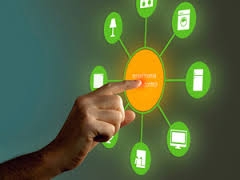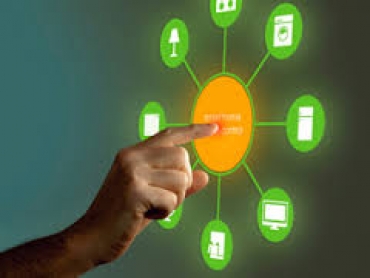
 What’s Changed?
What’s Changed?
In the era of “The internet of things” the logic and the processes of digital media are finally entering the space of traditional media.
Targeting online audiences in real-time is based on technology that has been around for a long time, allowing advertisers to present relevant messages at the right time to the right people. The ability to track results through analytics dashboards, live testing and user feedback on advertising messages means being able to use budgets in the most efficient way.
New technologies, especially in out-of-home advertising, have started to bring the benefits of digital to traditional advertising spaces. Billboards, equipped with cameras and small computing units, use technologies like facial recognition to profile who is looking at the ad and provide a relevant creative. An impressive demonstration of this technology, was a gender-detecting billboard that only displayed beer advertising to women. Adding a second layer of data, such as weather, location and time of the day allows for even further targeting – opening up endless possibilities for advertisers.
Recently Google’s DoubleClick platform launched a trial that uses data collected in real time to display targeted ads on billboards in London’s streets – based on weather, audience, local events and more.
What the change means
While most of the campaigns using real-time data to display ads on billboards so far have been publicity stunts, DoubleClick’s trial in London shows that the technology is about to go mainstream. Given its massive reach on the web, the move is to be taken seriously, and we can expect to see more relevant ads on shopping streets that we are used to from the web, on shopping streets all around the globe.
What are the implications for advertisers?
Leveraging data to provide more relevant advertising at the right time and place, online and offline, essentially means maximizing the efficiency of your advertising budget. Integrated, data-driven campaigns are not limited to the digital space anymore: Possibilities that have existed and proven to be effective on the web can now be used offline, allowing advertisers to choose from a wider array of options when it comes to planning a campaign.
As the technology matures, and with billboards increasingly being embedded with smart sensors we can expect to receive live feedback on advertising messages in the offline spaces – allowing us to tweak, change and create messages according to a variety of variables. How about displaying a nice cup of tea as temperatures hit zero degrees, a pint of beer when your favorite team has won or a cute kitten when you’re frowning
Written by Alex Jaspers, Creative Technology Strategist at Metalworks by Maxus
Source:Maxus
